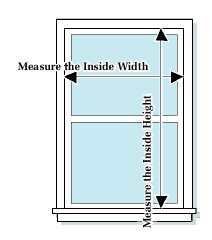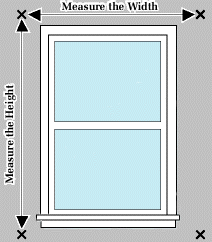drape, curtain, valance, and other window treatment patterns |
Make your home a haven of comfort and style. Isn't it time to Decorate Now!? |
All photos and text contained within these pages are copyrighted by Decorate Now ! All rights reserved. copyright 2000, copyright 2001, copyright 2002 |
Specializing in: swags, cascades, jabots, cornice boards, balloon valances, roman shades, draperies, curtains, pinch pleats, valances, custom window and top treatments, pillows, table cloths, fabric facts, decorating and design tips, home decor items, pattern design, professional workroom patterns, and custom workroom design. |
drape window treatment tab curtain valance shade cornice board balloon pinch pleat jabot pattern |
drapes window treatments tab curtains valances shades cornice boards balloons pinch pleats jabots patterns |
drapes window treatments tab curtains valances shades cornice boards balloons pinch pleats jabots patterns |
drape window treatment tab curtain valance shade cornice board balloon pinch pleat jabot pattern |
~ Measuring ~ |

Inside Mount When the window is very deep or when there are several layers of window treatments, often an inside mount is used for shades, sheers, top treatments, or rod pocket drapes. Mounting the treatment inside the window frame offers light control and privacy, when those are considerations. Or, when there is not room around the window to install drapes, the inside mount might be the only option available. Always remember to measure in several spots on your window, as some shifting might have occurred over the years, and the window might differ as much as an inch from one side to the other. |

Outside Mount The outside mount has more variables to consider when measuring. How long do you want the window treatment to be? Will it be floor length, sill length, or some midpoint length? Will the drapes puddle on the floor? Will you mount right at the window top, or mount several inches above the molding? Pinch pleated drapes on decorative rods look best mounted about 4 to 6 inches above the molding. Valances are usually mounted with the drapery rod's top even with the top of the molding (or just slightly above the molding). Treatments that are mounted on poles are often mounted 8 to 12 inches above the window molding, so that the molding and shade hardware does not show through any gaps left by tabs or open top swags. But very tall ceilings may require window treatments to be mounted higher than normal. Pinch pleated or rod pocket drapes may be mounted at the top of the window on a plain white rod if there is to be a valance or cornice board covering the rod and hardware. |
For the best guide, hold a tape measure or sample fabric up to the wall at the height you are considering. Mark the desired length on the tape measure with a piece of tape. Step back halfway into the room. Does the length look visually appealing? Remember, very tall windows will need longer valances so that the window treatment won't look skimpy. Very tall, narrow windows might need to have side panels added (and placed several inches outside the molding) to add visual width to the window. A good guide is that most valances and top treatments are between 12 inches and 24 inches long, with the average window needing a valance 14 to 18 inches in length. The width of the window treatment is determined by what obstacles are around the window (fireplaces, light switches, counters, walls) and by what look is desired. Pinch pleated and rod pocket drapes will need extra room to "stack" on the sides of the window when the drapes are open. This "stack" can be as little as 5 inches on each side of the window (for a single window) or as much as 36" or more (for a wall of windows). The thickness of the fabric used, as well as the width of the window, effects the amount of stacking room needed for a drape. Very heavy fabrics will take up more stacking space when the drapes are opened than will sheers or very lightweight fabrics. Thus, a window that is 36 inches wide might need a 48 inch rod for pinch pleats. Swags and cascades, and other top treatments, should hug the window molding if an undertreatment is not used. Boards or poles are usually only 1 to 3 inches wider than the window width for these treatments. Remember to allow room to add finials on pole mounted treatments. Cornice boards are typically 4 inches wider than the treatments they are over. If no treatment is used under the cornice board, then the cornice board should hug the window frame, with the outside measurement of the cornice being about 2 inches wider than the window molding measurement. |

~Interior decorating made easy~ |
